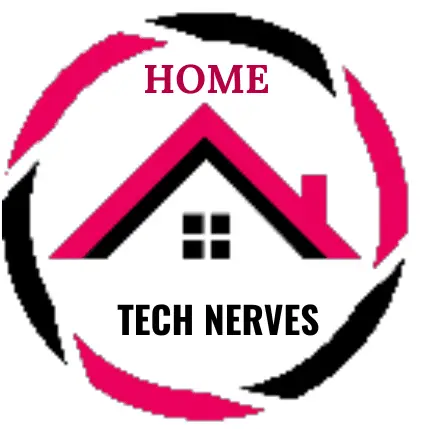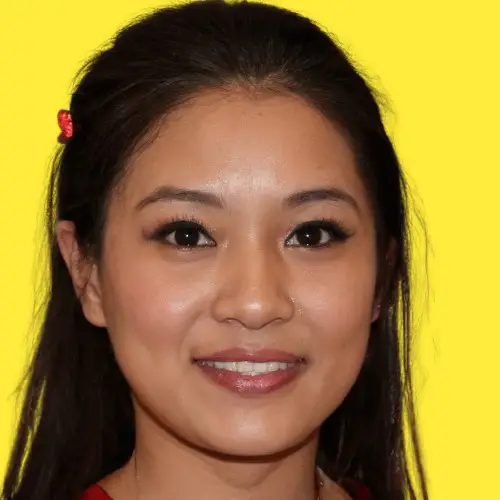Struggling to find the perfect eco temperature on your Nest thermostat? Don’t worry, adjusting it is a breeze!
Eco mode helps save energy by reducing heating and cooling when you’re away. But sometimes, you might need to tweak it for comfort or efficiency.
Here’s a simple guide on “how to change Eco temperature on Nest?” With just a few taps, you can make sure your home stays comfortable while saving on energy bills.
Let’s dive in and get your Nest thermostat set up just the way you like it!
Table of Contents
How To Change Eco Temperature On Nest Thermostat
Adjusting the eco temperature on your Nest thermostat can make a big difference in your energy savings and comfort. Follow these simple steps to find the perfect balance.
- Open the Nest App: Launch the Nest app on your phone or tablet.
- Select Your Thermostat: Tap on the thermostat you want to adjust.
- Access Settings: Go to the settings menu by selecting the gear icon.
- Choose Eco Mode: Find and select the “Eco” option in the menu.
- Adjust Temperature: Use the slider to set your desired eco temperature.
- Save Changes: Confirm your settings by tapping “Save” or “Apply.”
- Check the Update: Verify that the new eco temperature is active on your thermostat.

How To Turn Off Eco Mode On Nest Permanently
Turning off Eco mode on your Nest thermostat ensures that your home stays at your preferred temperature at all times. If you’re ready to disable it for good, follow these straightforward steps.
- Open the Nest App: Start by launching the Nest app on your device.
- Select Your Thermostat: Tap on the thermostat you wish to modify.
- Go to Settings: Access the settings menu by tapping the gear icon.
- Find Eco Mode: Locate the “Eco” option in the menu.
- Turn Off Eco Mode: Toggle the Eco mode switch to the “Off” position.
- Confirm Your Choice: Save your settings by tapping “Save” or “Apply.”
- Verify Settings: Check your thermostat to ensure Eco mode is disabled.
Why Does My Nest Keep Turning On Eco?
If your Nest thermostat keeps switching to Eco mode, it can be confusing and frustrating. Understanding why this happens can help you address the issue effectively. Here are some common reasons why your Nest might be toggling to Eco mode unexpectedly.
1. Your Thermostat Is in Auto Schedule Mode
Nest’s Auto Schedule mode automatically adjusts the temperature based on your habits. If it detects that you’re away, it may switch to Eco mode to save energy.
2. You’ve Set Energy-Saving Preferences
If you’ve customized energy-saving settings, your Nest may automatically activate Eco mode to adhere to those preferences. Check your settings to ensure they align with your needs.
3. Your Home’s Temperature Is Within Eco Range
Nest is designed to use Eco mode when the indoor temperature falls within a certain range that it considers energy-efficient. Verify if your current temperature fits this range.
4. Motion Sensors Detect No Activity
The Nest thermostat uses motion sensors to determine if anyone is home. If no activity is detected, it might switch to Eco mode. Ensure the sensors are working correctly or adjust their sensitivity.
5. Seasonal Changes Affect Settings
Seasonal changes can influence how your Nest thermostat manages energy. For instance, in mild weather, it may default to Eco mode. Review your settings as seasons change to maintain comfort.
Why Is My Nest Going Into Eco Mode At Night?
Noticing that your Nest thermostat switches to Eco mode at night can be puzzling. This automatic adjustment is designed to help save energy while you’re asleep. Here are some common reasons why this might be happening.
1. Nighttime Temperature Settings
Your Nest might be programmed to enter Eco mode during the night to maintain a temperature range that is energy-efficient. Check your nighttime temperature settings to see if they’re set for Eco mode.
2. Auto Schedule Adjustments
If your Nest is using Auto Schedule, it may automatically switch to Eco mode based on your usual nighttime routines. Review your schedule settings to see if this feature is influencing the temperature changes.
3. Lack of Motion Detection
Nest’s motion sensors can detect if you’re in the house. At night, when there’s typically less activity, it may trigger Eco mode. Ensure the sensors are functioning properly or adjust their sensitivity.
4. Energy-Saving Preferences
If you’ve set specific energy-saving preferences, your Nest might automatically go into Eco mode at night to follow those settings. Review and adjust these preferences to better suit your nighttime needs.
5. Seasonal Temperature Adjustments
Seasonal changes can affect how your Nest thermostat manages energy. During cooler nights, it might default to Eco mode to conserve energy. Make sure your settings align with your comfort and energy-saving goals.
Wrap Up
Changing the eco temperature on your Nest thermostat is quick and easy. With just a few taps, you can adjust it to fit your comfort needs and save on energy.
Whether you want to tweak it for a cozy evening or an efficient vacation, the process is straightforward.
Just follow the steps we’ve outlined, and you’ll have your Nest set up perfectly in no time.
Feel free to experiment with different settings until you find what works best for you. Enjoy a more comfortable and secure home with smart gadgets while keeping your energy bills in check!
Frequently Asked Questions
How do I access Eco Temperature settings on my Nest?
To access Eco Temperature settings, open the Nest app or your thermostat. Go to the “Settings” menu, select “Eco” or “Eco Temperature,” and adjust the temperature to your preferred setting. This helps save energy while maintaining comfort.
Can I set a specific Eco Temperature range on Nest?
Yes, you can set a specific Eco Temperature range on your Nest thermostat. Go to the “Settings” menu, choose “Eco,” and adjust the temperature range. This allows you to define the minimum and maximum temperatures for energy savings while keeping your home comfortable.
How does changing the Eco Temperature affect energy savings?
Changing the Eco Temperature helps reduce energy usage by setting a temperature that minimizes heating or cooling when you’re away. Lowering the Eco Temperature during winter or raising it in summer can lead to significant energy savings on your utility bills.
What should I set my Eco Temperature to for optimal comfort?
For optimal comfort, set your Eco Temperature to a level that keeps your home comfortable while you’re away. Typically, this is around 10-15 degrees lower in winter and 5-10 degrees higher in summer than your normal comfort settings. Adjust based on personal preference.
References:
support.google.com. Learn about Eco Temperatures and how to change settings. https://support.google.com/googlenest/answer/9245535?hl=en-AU


